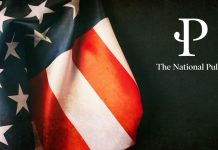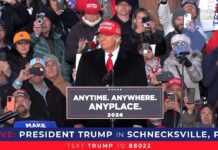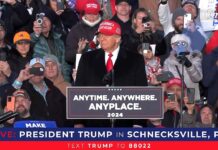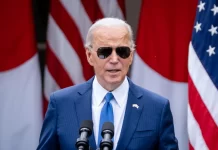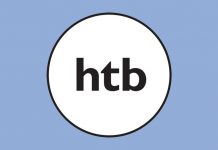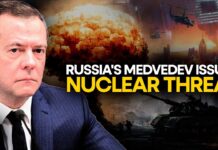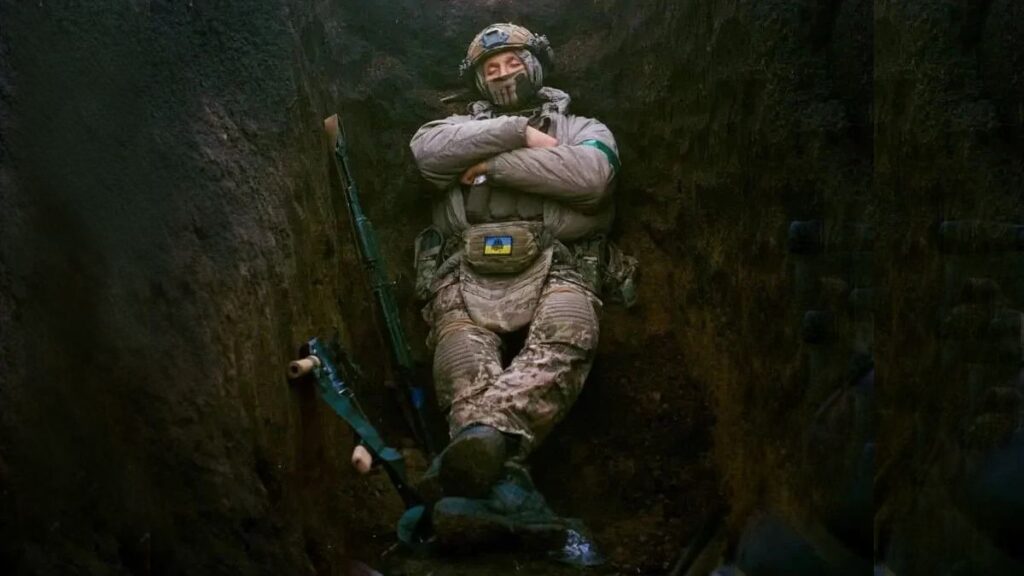
Troops’ use of patches bearing Nazi emblems risks fueling Russian propaganda and spreading imagery that the West has spent a half-century trying to eliminate.
Thomas Gibbons-Neff
KYIV, Ukraine — Since Russia began its invasion of Ukraine in February 2022, the Ukrainian government and NATO allies have posted, then quietly deleted, three seemingly innocuous photographs from their social media feeds: a soldier standing in a group, another resting in a trench and an emergency worker posing in front of a truck.
In each photograph, Ukrainians in uniform wore patches featuring symbols that were made notorious by Nazi Germany and have since become part of the iconography of far-right hate groups.
The photographs, and their deletions, highlight the Ukrainian military’s complicated relationship with Nazi imagery, a relationship forged under both Soviet and German occupation during World War II.
That relationship has become especially delicate because Russian President Vladimir Putin has falsely declared Ukraine to be a Nazi state, a claim he has used to justify his illegal invasion.
Ukraine has worked for years through legislation and military restructuring to contain a fringe far-right movement whose members proudly wear symbols steeped in Nazi history and espouse views hostile to leftists, LGBTQ movements and ethnic minorities. But some members of these groups have been fighting Russia since the Kremlin illegally annexed part of the Crimea region of Ukraine in 2014 and are now part of the broader military structure. Some are regarded as national heroes, even as the far-right remains marginalized politically.
The iconography of these groups, including a skull-and-crossbones patch worn by concentration camp guards and a symbol known as the Black Sun, now appears with some regularity on the uniforms of soldiers fighting on the front line, including soldiers who say the imagery symbolizes Ukrainian sovereignty and pride, not Nazism.





